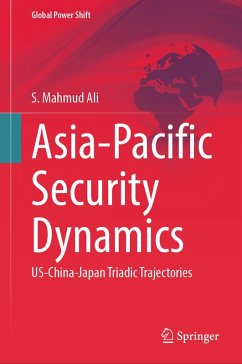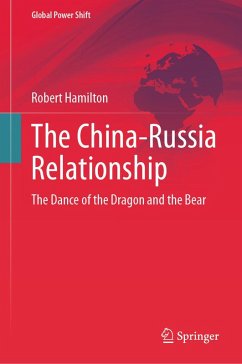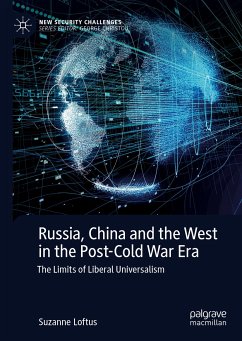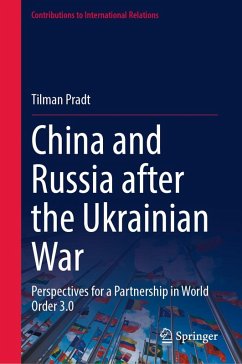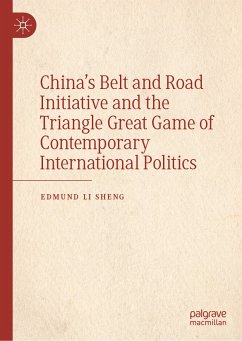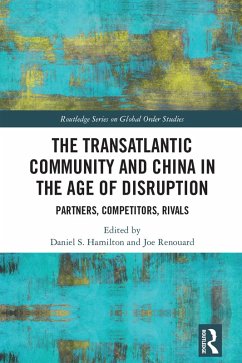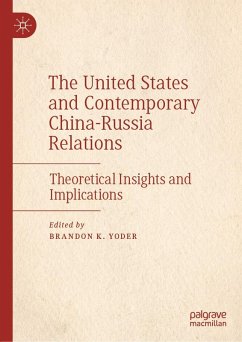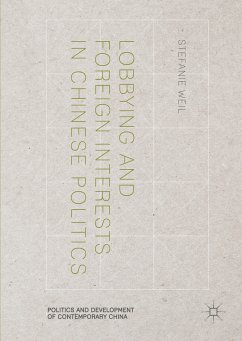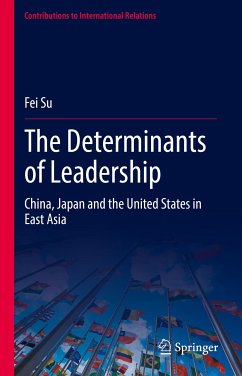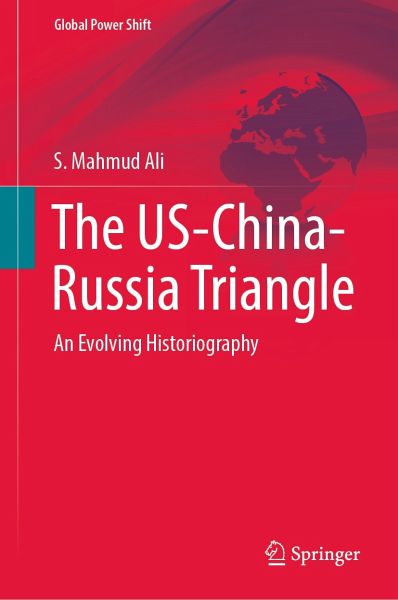
The US-China-Russia Triangle (eBook, PDF)
An Evolving Historiography
Versandkostenfrei!
Sofort per Download lieferbar
96,95 €
inkl. MwSt.
Weitere Ausgaben:

PAYBACK Punkte
48 °P sammeln!
This book analyses international relations between the USA, China, and Russia and provides an overview of how the US-China-Russia triangle has evolved over time. Based on a forensic examination of primary documentation from US archives, the author illustrates how the US strategic perspectives on Chinese-Russian relations have developed since the late-19th century. The author demonstrates how US relations with the Russian and Chinese empires began expanding into greater sophistication and complexity in the 19th century, reflecting changing US concerns, priorities, and preferences vis-à-vis Sin...
This book analyses international relations between the USA, China, and Russia and provides an overview of how the US-China-Russia triangle has evolved over time. Based on a forensic examination of primary documentation from US archives, the author illustrates how the US strategic perspectives on Chinese-Russian relations have developed since the late-19th century. The author demonstrates how US relations with the Russian and Chinese empires began expanding into greater sophistication and complexity in the 19th century, reflecting changing US concerns, priorities, and preferences vis-à-vis Sino-Russian dynamics which themselves, too, were evolving in parallel and, in some instances, in an interactive fashion. The book analyses US perceptions of Sino-Russian interactions in ways which, from the US perspective, affected US interests, either positively or negatively.
Dieser Download kann aus rechtlichen Gründen nur mit Rechnungsadresse in A, B, BG, CY, CZ, D, DK, EW, E, FIN, F, GR, HR, H, IRL, I, LT, L, LR, M, NL, PL, P, R, S, SLO, SK ausgeliefert werden.
Alle Preise in Euro und inkl. der gesetzl. MwSt. | Innerhalb Deutschlands liefern wir preisgebundene Bücher versandkostenfrei. Weitere Informationen: bitte hier klicken
Support
Bitte wähle dein Anliegen aus:
Rechnungen
Bestellstatus
Retourenschein
Storno



